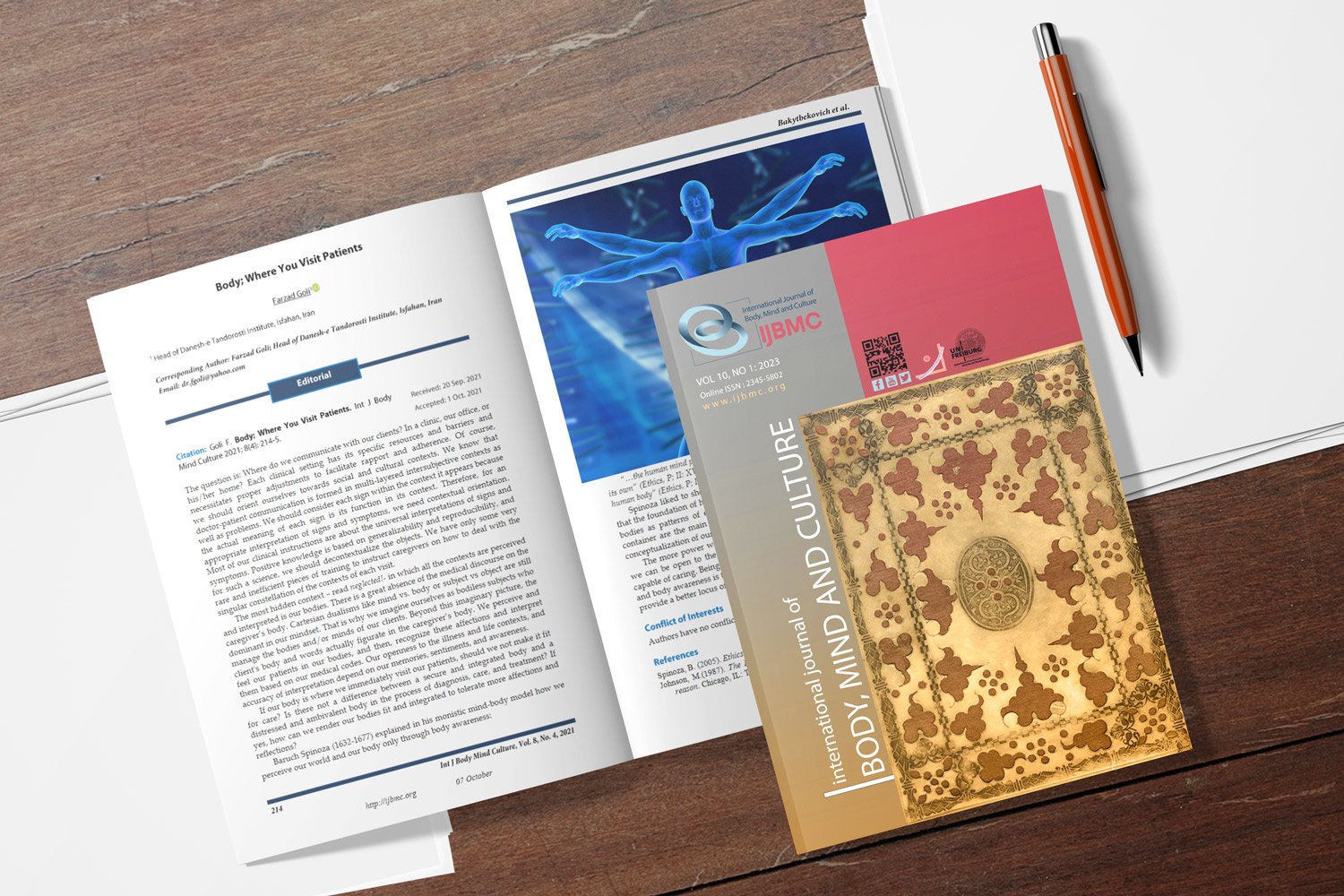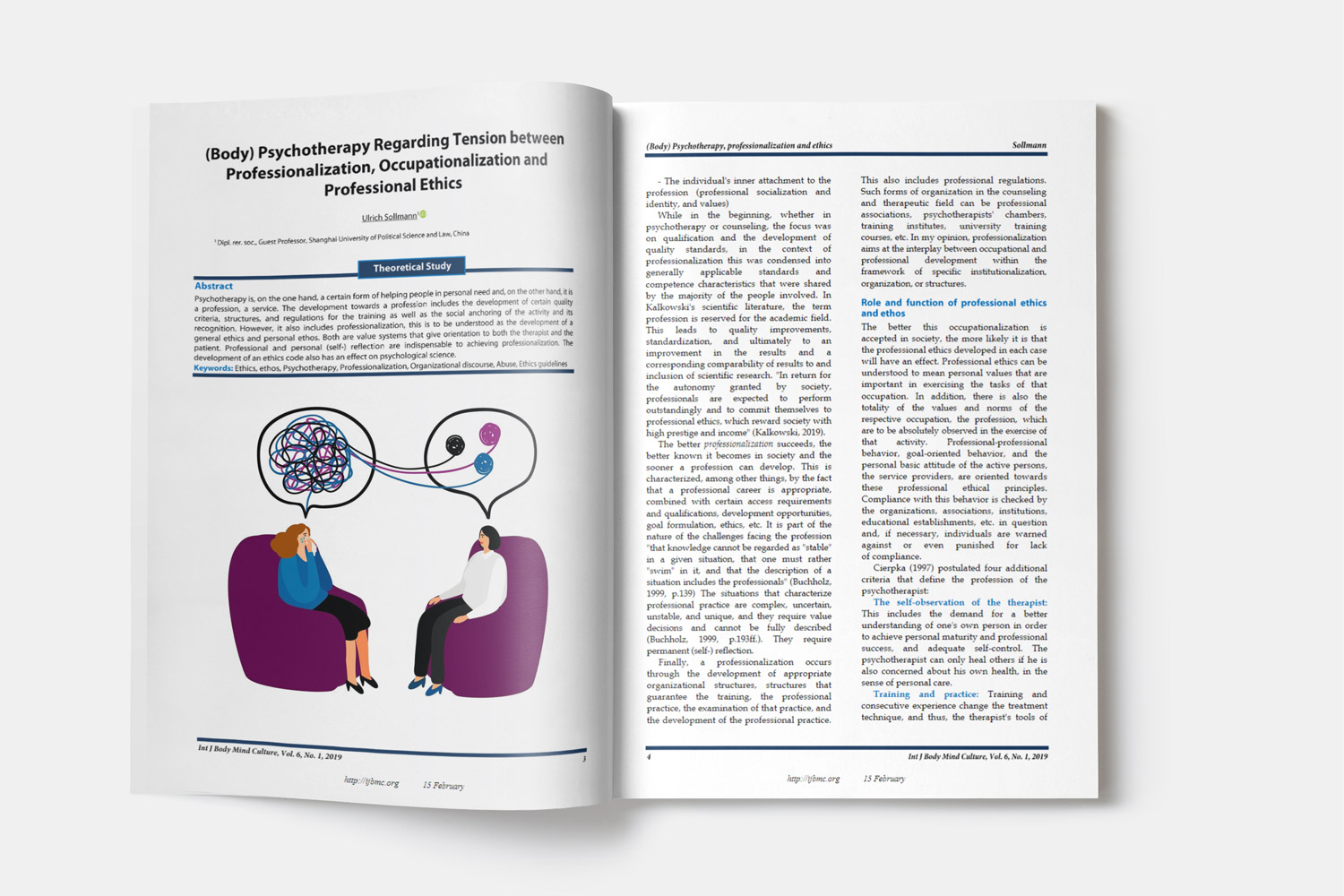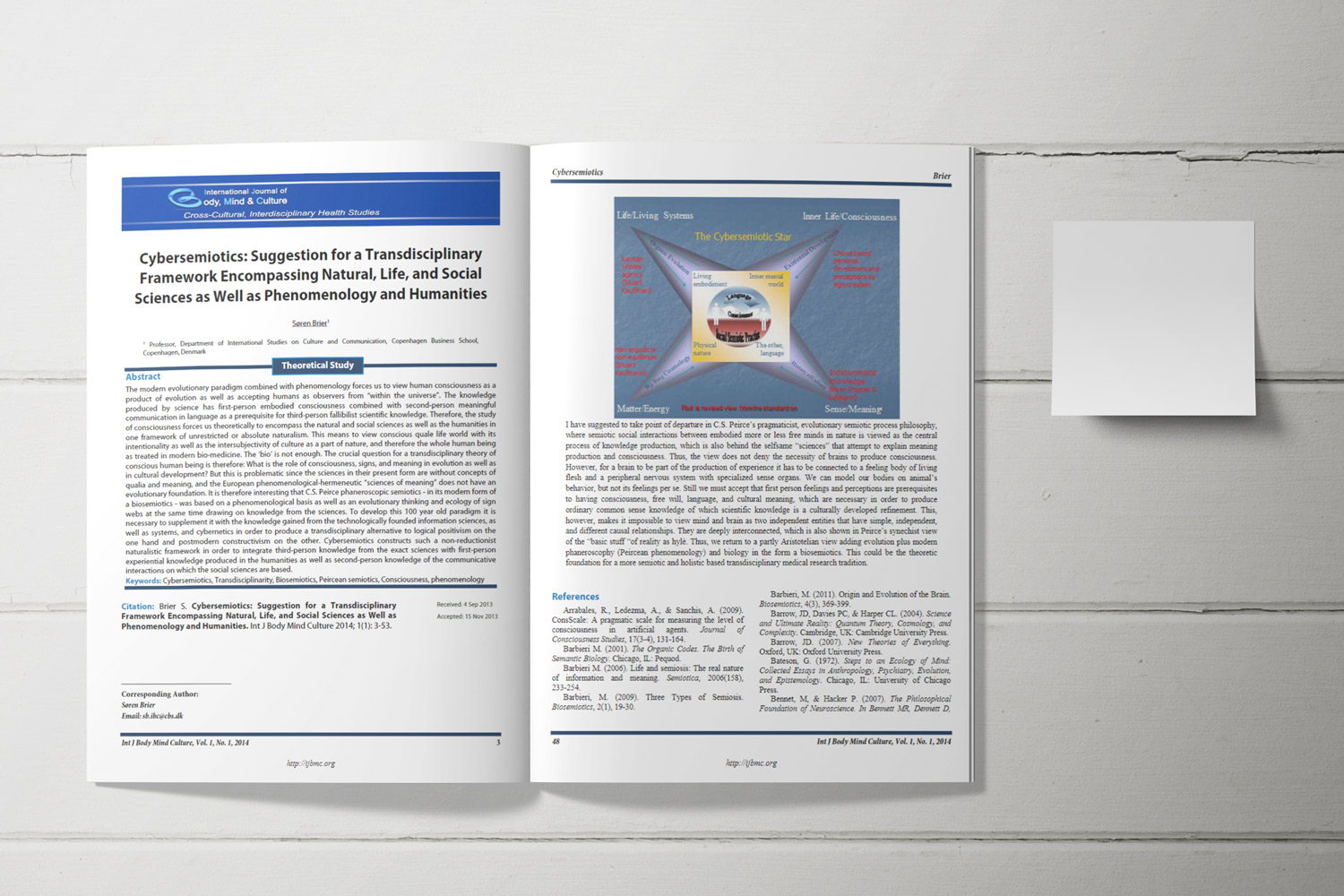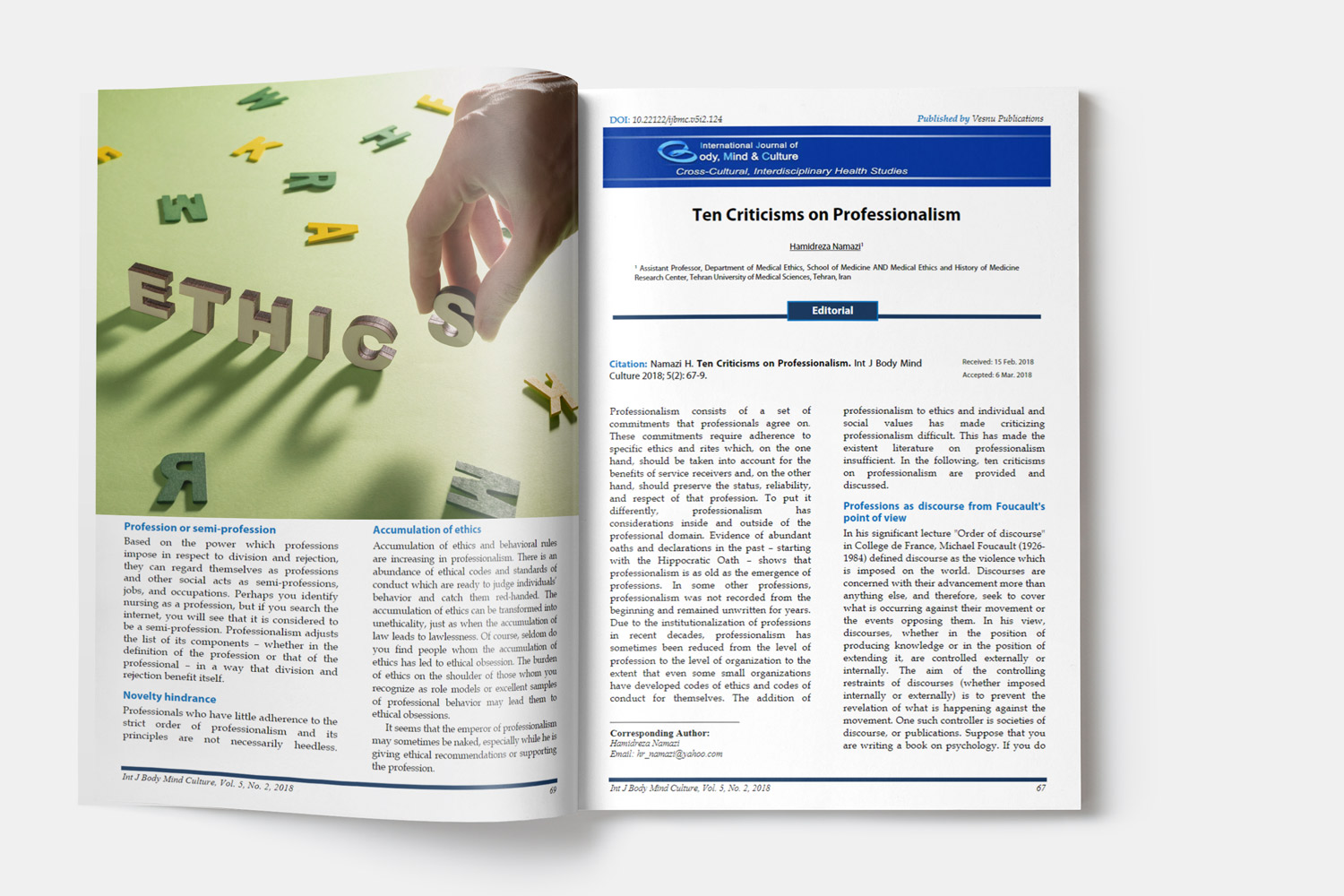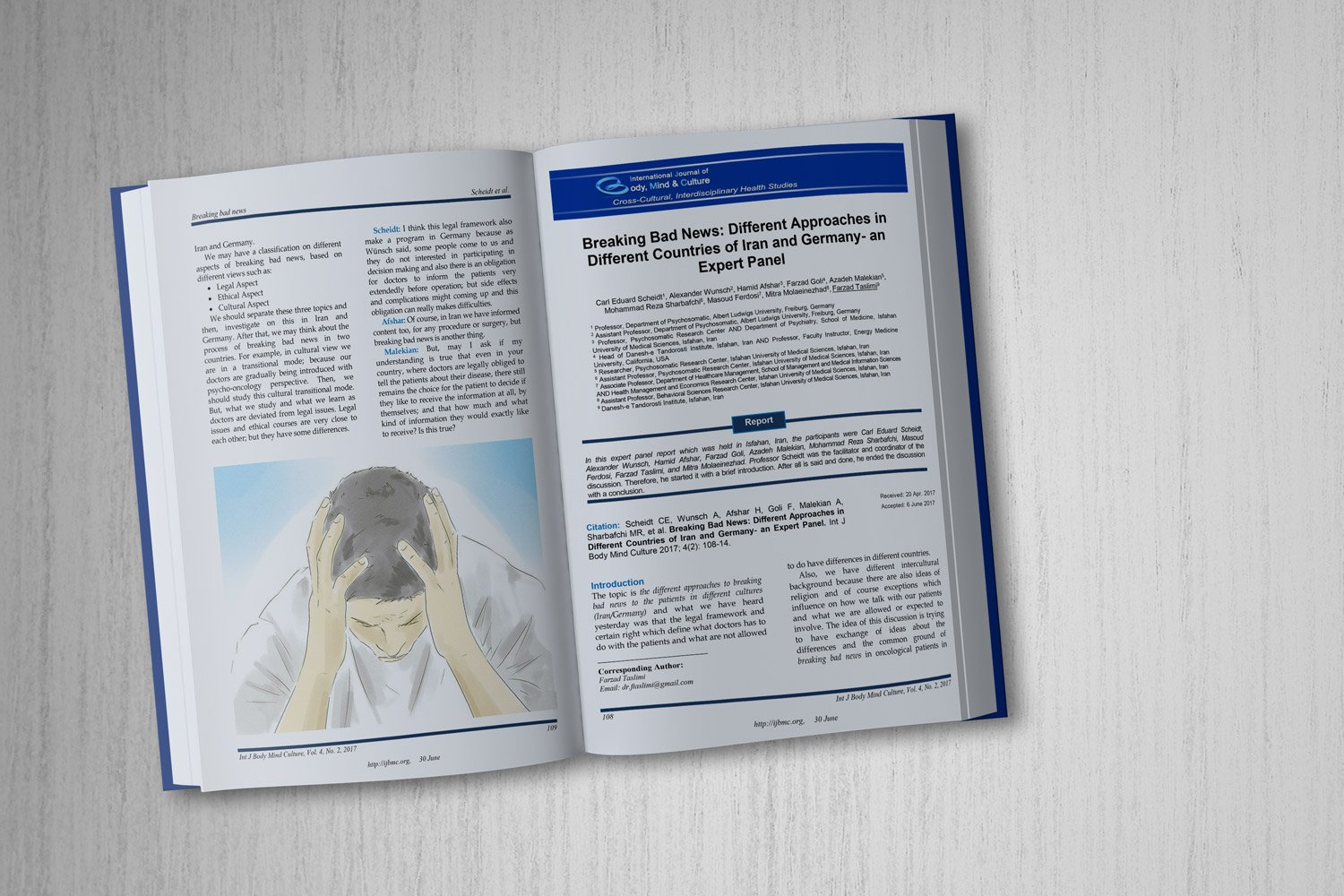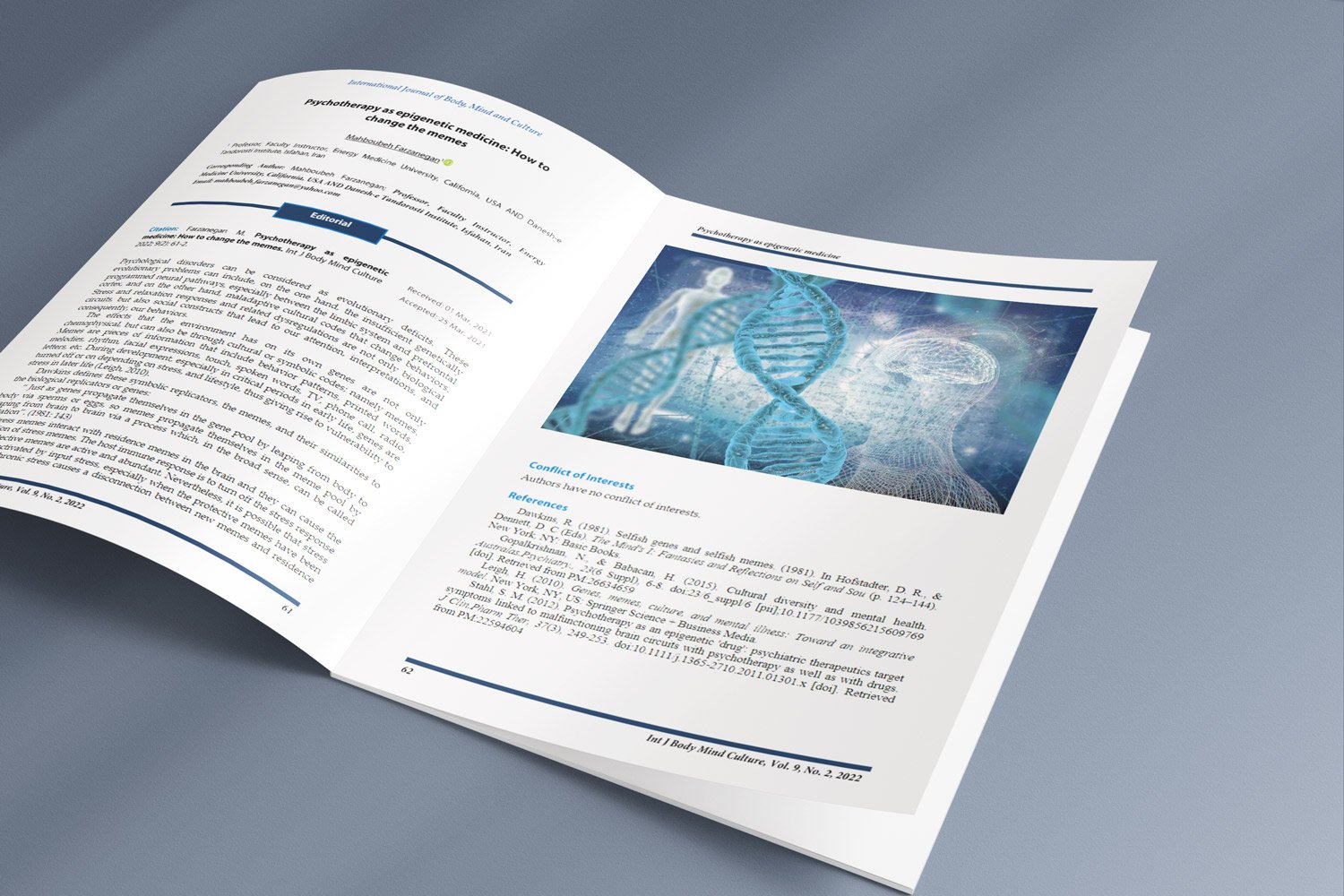A Grounded Theory Exploration of Environmental, Societal, and Contextual Factors Affecting Adolescent Identity Development in Dysfunctional Families: A School Counselor's Perspective
Downloads
Objective: The present study aimed to explore the environmental, societal, and contextual factors affecting adolescent identity development in dysfunctional families.
Methods and Materials: The research method of this study was grounded theory. The research population consisted of all school counselors in Tehran. A total of 10 school counselors (as key informants) were selected using purposive sampling in 2024 in Tehran. Data were collected using semi-structured, in-depth interviews. Data analysis was performed using a constant comparison method.
Findings: Analysis of the interview content yielded 36 open codes, 12 axial codes, and 5 selective codes, including key challenges faced by dysfunctional families (feeling of insecurity, public rejection, and the tendency towards risky behaviors), contextual conditions (parental socioeconomic status, community resources, and parenting coping style), intervening factors (public judgmental attitudes and learned helplessness), strategies (creating new structures and excessive compensation), and consequences (confused identity and playing adult roles).
Conclusion: The challenges faced by dysfunctional families can influence adolescents’ identity development processes in cognitive, emotional, and behavioral dimensions, potentially leading to multiple issues. Thus, recognizing these challenges and providing effective intervention strategies for school counselors and families is crucial.
Downloads
Abubakar, A., & Alya, N. U. (2020). Refunction family during the COVID-19 pandemic (study among students of anthropology UGM). Samarah: Jurnal Hukum Keluarga dan Hukum Islam, 4(1), 151-178. https://doi.org/10.22373/sjhk.v4i1.7051
Barragán, A. B., Molero, M. d. M., Pérez-Fuentes, M. d. C., Oropesa, N. F., Martos, Á., Simón, M. d. M., & Gázquez, J. J. (2021). Interpersonal Support, Emotional Intelligence and Family Function in Adolescence. International journal of environmental research and public health, 18(5145), 5145-5145. https://doi.org/10.3390/ijerph18105145
Bautista, J. C. (2024). The lived experiences of individuals in a dysfunctional family. https://www.academia.edu/download/111281544/The_Lived_Experiences_of_Individual_in_a_Dysfunctional_Family.pdf
Benson, J. E., & Furstenberg Jr, F. F. (2006). Entry into adulthood: Are adult role transitions meaningful markers of adult identity? Advances in Life Course Research, 11, 199-224. https://doi.org/10.1016/S1040-2608(06)11008-4
Boor Boor, B., Khodabakhshi-Koolaee, A., & Falsafinezhad, M. R. (2021). Communication challenges of parents and their adolescent daughters with an emphasis on social media use: A content analysis study. Journal of Research and Health, 11(4), 235-244. https://doi.org/10.32598/JRH.11.4.1804.1
Buchanan, C. M., Maccoby, E. E., & Dornbusch, S. M. (1996). Adolescents after divorce. Harvard University Press. https://psycnet.apa.org/record/1996-98778-000
Busetto, L., Wick, W., & Gumbinger, C. (2020). How to use and assess qualitative research methods. Neurological Research and practice, 2(1), 14-14. https://doi.org/10.1186/s42466-020-00059-z
Choo, H., & Shek, D. (2013). Quality of parent-child relationship, family conflict, peer pressure, and drinking behaviors of adolescents in an Asian context: the case of Singapore. Soc. Indic. Res., 110(3), 1141-1157. https://doi.org/10.1007/s11205- 011-9977-4
Cooney, T. M., & Mortimer, J. T. (1999). Family structure differences in the timing of leaving home: Exploring mediating factors. Journal of Research on Adolescence, 9(4), 367-393. https://doi.org/10.1207/s15327795jra0904_1
Corrêa, J. S., Cecchetto, F. R., & Fernandes, F. L. (2021). Narrativas policiais sobre prevenção da violência e juventudes: experiências no Brasil e na Escócia. Ciência and Saúde Coletiva, 26, 4603-4612. https://doi.org/10.1590/1413-812320212610.11322021
Doherty, E. E., Green, K. M., & Ensminger, M. E. (2008). Investigating the long-term influence of adolescent delinquency on drug use initiation. Drug and Alcohol Dependence, 93(1-2), 72-84. https://doi.org/10.1016/j.drugalcdep.2007.08.018
Fish, J. N., Maier, C. A., & Priest, J. B. (2015). Substance abuse treatment response in a Latino sample: The influence of family conflict. Journal of Substance Abuse Treatment, 49, 27-34. https://doi.org/10.1016/j.jsat.2014.07.011
Hanson, T. L., McLanahan, S. S., & Thomson, E. (1996). Double jeopardy: Parental conflict and stepfamily outcomes for children. Journal of Marriage and the Family, 141-154. https://doi.org/10.2307/353383
Holton, J. (2010). The Coding Process and its Challenges. http://groundedtheoryreview.com/2010/04/02/the-coding-process-and-its-challenges/
Izzo, F., Baiocco, R., & Pistella, J. (2022). Children's and adolescents' happiness and family functioning: a systematic literature review. International journal of environmental research and public health, 19(24), 16593-16593. https://doi.org/10.1016/j.drugalcdep.2007.08.018
Jannah, M., Hariastuti, R. T., & Nursalim, M. (2023). Negative impact of a dysfunctional family on adolescents: A literature study. Harmoni Sosial: Jurnal Pendidikan IPS, 10(2), 109-121. https://doi.org/10.21831/hsjpi.v10i2.57527
Kurnia, I. (2019). Bimbingan dan konseling Islam dengan cognitive behavior therapy untuk mengatasi shopaholic online shop pada seorang mahasiswa UIN Sunan Ampel Surabaya http://digilib.uinsa.ac.id/31683/3/Isma Kurnia_B93215067.pdf
Marsh, S., Dobson, R., & Maddison, R. (2020). The relationship between household chaos and child, parent, and family outcomes: A systematic scoping review. BMC public health, 20, 1-27. https://doi.org/10.1186/s12889-020-08587-8
Masruroh, I., & Ramdani, I. (2021). Perspektif teori pada permasalahan anak dan keluarga: Studi kasus tentang disfungsi dan fungsi keluarga di Kab. Musi Banyuasin. https://www.academia.edu/download/100589597/479048931.pdf
Massa, N., Rahman, M., & Napu, Y. (2020). Dampak keluarga broken home tehadap perilaku sosial anak. Jambura Journal Community Empowerment, 1(1), 1-10. https://doi.org/10.37411/jjce.v1i1.92
Maulina, R. D., & Amalia, S. (2019). Keberfungsian keluarga bagi penyesuain sosial mahasiswa baru. Jurnal Psikologi, 15(1), 57-67. https://doi.org/10.24014/jp.v15i1.6886
Medrano-Sanchez, E. J., Ybañez, J. M. G., & Medrano-Sanchez, G. M. (2024). Creating harmony: Positive strategies for adolescents in dysfunctional families-literature review (2019-2023). Interciencia, 49(9), 519-526. https://www.interciencia.net/wp-content/uploads/2024/10/03_7208_A_Medrano_v49n9_8.pdf
Meeus, W. (2011). The study of adolescent identity formation 2000-2010: A review of longitudinal research. Journal of Research on Adolescence, 21(1), 75-94. https://doi.org/10.1111/j.1532-7795.2010.00716.x
Mirwani, S., Jannah, L. E., Lestari, T. P., Sholeh, M., Afifah, A., Sabilla, M., Fajriah, A., & Zakiyah, B. (2022). Studi kasus: Dinamika pskologis remaja dalam ruang lingkup keluarga disfungsional. Happiness, Journal of Psychology and Islamic Science, 2(2), 135-144. https://doi.org/10.30762/happiness.v2i2.346
Nuraida, N. (2018). Disfungsi keluarga (studi kasus kenakalan remaja di Capi Desa Golo Bilas Kabupaten Manggarai Barat) https://digilibadmin.unismuh.ac.id/upload/4759-Full_Text.pdf
Parker, E. C. (2014). The process of social identity development in adolescent high school choral singers: A grounded theory. Journal of Research in Music Education, 62(1), 18-32. https://doi.org/10.1177/0022429413520009
Peterson, G. W., & Hann, D. (1999). Socializing children and parents in families. In (pp. 327-370). Springer US. https://doi.org/10.1007/978-1-4757-5367-7_14
Porter, C. L., & Dyer, W. J. (2017). Does marital conflict predict infants' physiological regulation? A short-term prospective study. Journal of Family Psychology, 31(4), 475-475. https://doi.org/10.1037/fam0000295
Rabiau, M. A. (2020). Culture, migration, and identity formation in adolescent refugees: A family perspective. In (pp. 83-100). Routledge. https://doi.org/10.4324/9780429295836-5
Sznitman, G. A., Zimmermann, G., & Van Petegem, S. (2019). Further insight into adolescent personal identity statuses: Differences based on self-esteem, family climate, and family communication. Journal of adolescence, 71, 99-109. https://doi.org/10.1016/j.adolescence.2019.01.003
Timonen, V., Foley, G., & Conlon, C. (2018). Challenges when using grounded theory: a pragmatic introduction to doing GT research. International Journal of Qualitative Methods, 17(1), 1-10. https://doi.org/10.1177/1609406918758086
Van Eickels, R. L., Tsarpalis-Fragkoulidis, A., & Zemp, M. (2022). Family cohesion, shame-proneness, expressive suppression, and adolescent mental health - A path model approach. Frontiers in psychology, 13. https://doi.org/10.3389/fpsyg.2022.921250
Vosylis, R., Erentaitė, R., & Klimstra, T. (2021). The material context of adolescent identity formation: A family economic stress approach. Identity, 21(3), 200-218. https://doi.org/10.1080/15283488.2020.1836491
Yablonska, T. (2013). Family factors of a person's identity development during adolescence and early adulthood. Social welfare: interdisciplinary approach, 3(2), 30-40. https://doi.org/10.15388/SW.2013.28230
Yeon, E. M., & Choi, H. S. (2020). trajectories of Mothers' Perceived Marital Conflict and its Relationship to Depression and Children's School Readiness, Self-esteem, and Happiness. Journal of the Korea Academia-Industrial Cooperation Society, 21(5), 344-352. https://doi.org/10.5762/KAIS.2020.21.5.344
Zagefka, H., Jones, J., Caglar, A., Girish, R., & Matos, C. (2021). Family roles, family dysfunction, and depressive symptoms. The Family Journal, 29(3), 346-353. https://doi.org/10.1177/1066480720973418
Copyright (c) 2025 International Journal of Body, Mind and Culture

This work is licensed under a Creative Commons Attribution-NonCommercial 4.0 International License.










